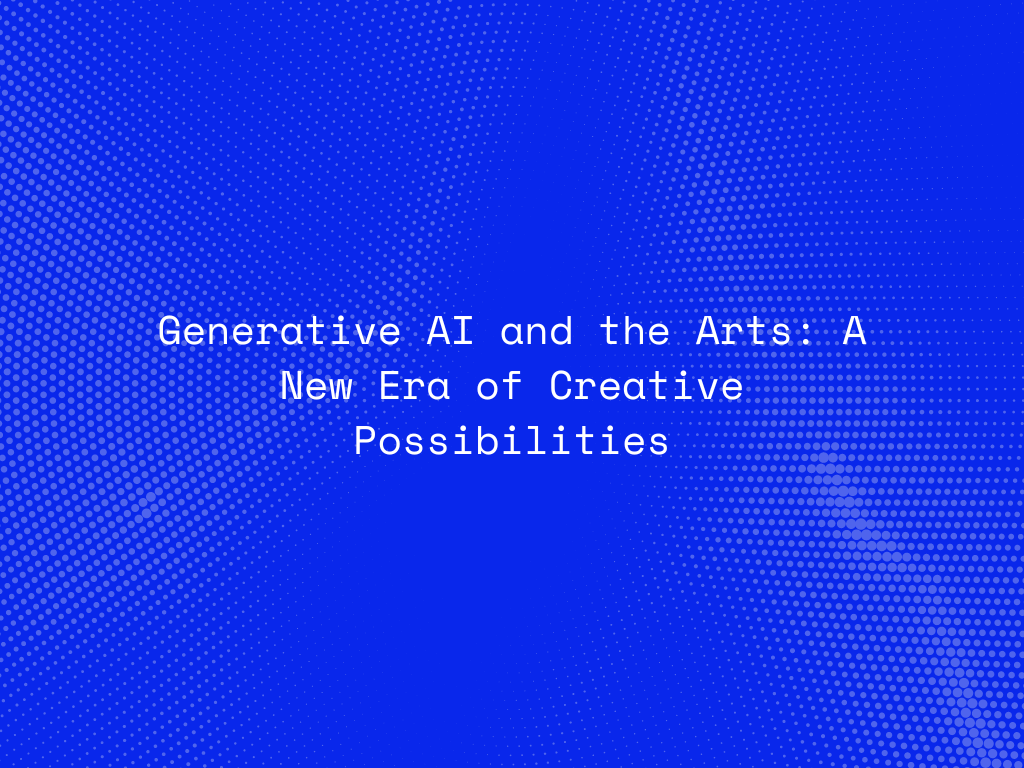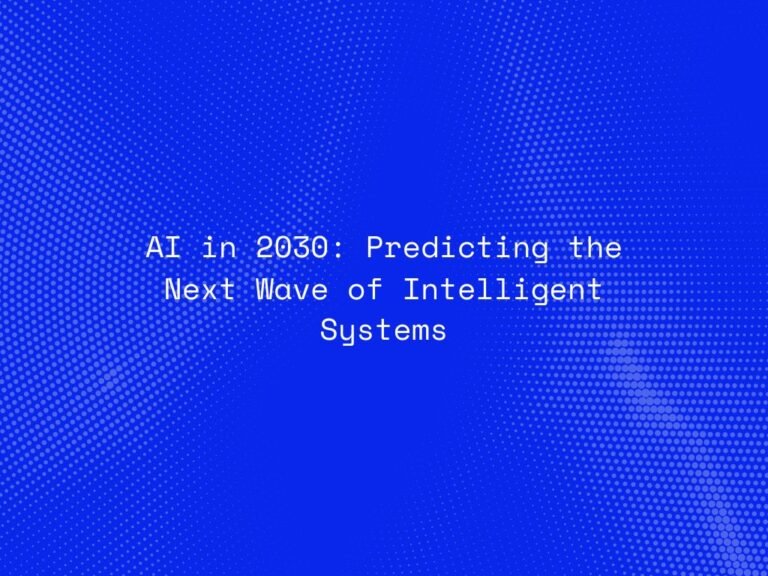The intersection of Generative AI and the arts is reshaping creativity in profound ways. As artificial intelligence evolves, it’s unlocking new methods for creating visual art, music, literature, and more. Artists are now able to collaborate with AI systems to produce groundbreaking works that challenge traditional notions of authorship and creativity. In this blog, we explore how generative AI is revolutionizing the arts and what it means for the future of creative expression.
What is Generative AI in the Arts?
Generative AI refers to a category of artificial intelligence that can create new, original content by analyzing patterns in existing data. In the arts, this means AI can generate unique paintings, music compositions, sculptures, literature, and even animations. Rather than simply mimicking human creativity, generative AI enhances it by offering new avenues for experimentation and exploration.
Some prominent AI-driven platforms include OpenAI’s DALL·E, which creates images from textual descriptions, and DeepArt, an AI model that transforms photos into digital artworks in the style of famous painters.
Applications of Generative AI in Different Art Forms
1. Visual Arts
Generative AI is disrupting the visual arts by enabling artists to collaborate with algorithms to produce AI-generated paintings, illustrations, and designs. Tools like DeepDream and Artbreeder allow users to input parameters and generate surreal, abstract visuals that blend human creativity with machine learning.
AI-generated art has made its way into galleries and auction houses. For instance, Edmond de Belamy, an AI-generated portrait by the collective Obvious, was sold at Christie’s for over $432,000, marking a milestone for AI in the traditional art world.
2. Music Composition
In music, generative AI is helping composers create new pieces by analyzing and imitating existing musical structures. AI-driven platforms such as AIVA (Artificial Intelligence Virtual Artist) are capable of generating original compositions across genres, from classical symphonies to electronic dance music.
By using AI tools, musicians can collaborate with algorithms to create harmonies, rhythms, or even entire tracks. AI-based software like Amper Music allows non-musicians to compose custom music for films, video games, and other media by simply adjusting a few parameters.
3. Literature and Poetry
Generative AI is also making waves in the world of literature. Using natural language processing (NLP) models, AI can create stories, poems, and even novels. GPT-3, for example, has been used to generate short stories, creative dialogues, and poetry that often closely mimics the structure and voice of human writers.
AI-generated literature offers new ways to explore narrative structure, challenge traditional writing forms, and generate collaborative storytelling. Some literary magazines are even featuring AI-authored works, blurring the line between human and machine authorship.
4. Film and Animation
Filmmakers are embracing generative AI to create digital animations, visual effects (VFX), and even generate entire screenplays. AI can quickly render complex scenes or characters, saving time and reducing production costs.
For instance, RunwayML provides AI-driven tools for video editing, motion capture, and green screen effects, allowing filmmakers to explore creative possibilities in real-time.
Connect With Us
How Artists are Using Generative AI
The use of generative AI in the arts is giving rise to new creative processes:
-
Collaborative Creativity: Artists are increasingly viewing AI as a collaborator, working alongside algorithms to produce hybrid pieces that combine human intuition with computational power. AI’s ability to analyze vast datasets allows it to suggest novel patterns and forms that may not have been possible with traditional tools.
-
Augmented Creativity: AI can augment the creative process by offering suggestions, automating repetitive tasks, or generating prototypes that serve as a foundation for the artist’s final work. This is particularly useful in design disciplines where AI can help generate thousands of variations of a concept.
-
Exploration of New Mediums: Generative AI allows artists to experiment with digital and computational mediums that were previously inaccessible. For instance, artists can use AI to simulate environments, materials, or behaviors that would be impossible to recreate in physical space.
The Benefits of Generative AI in the Arts
- Expanding Creative Boundaries: AI can produce art that is complex, intricate, and often unexpected, pushing the boundaries of what’s creatively possible.
- Democratizing Art: Generative AI tools lower the barrier to entry for creators, allowing individuals without formal training to experiment with art, music, or writing. This democratization could lead to a wider range of voices and styles in the creative world.
- Accelerating the Creative Process: AI can automate tedious aspects of creation, such as rendering or drafting, giving artists more time to focus on conceptual and high-level creative decisions.
- Cross-Disciplinary Collaboration: Artists, designers, and scientists can now collaborate more seamlessly using AI as a common platform, fostering innovation at the intersection of technology and the arts.
Ethical and Philosophical Implications
While the integration of AI in the arts is exciting, it also raises important ethical and philosophical questions:
- Authorship and Originality: If an AI generates art, who owns the rights to it—the artist, the algorithm’s creator, or the machine itself? The question of authorship becomes increasingly blurred in the age of AI-generated art.
- Job Displacement: There is concern that as AI becomes more proficient at creating art, some traditional roles in creative industries may be threatened. However, proponents argue that AI will augment rather than replace human creativity.
- AI Bias: Since AI is trained on existing datasets, it can sometimes reinforce biases present in the data. Artists and technologists must work to ensure that AI-generated content reflects diversity and avoids perpetuating stereotypes or cultural biases.
The Future of AI and the Arts
As generative AI technology advances, we’re likely to see even more groundbreaking artistic collaborations between humans and machines. Future developments in AI will enhance realism, creativity, and customization in art creation, and could give rise to new art forms that are entirely AI-driven. Virtual and augmented reality platforms may also merge with AI, creating immersive, interactive experiences that transform how audiences engage with art.
Moreover, AI is poised to become a tool for preserving and restoring cultural heritage, allowing us to simulate or recreate lost works of art, and offering new interpretations of historical pieces.
Conclusion
Generative AI is ushering in a new era of creativity in the arts, offering unprecedented opportunities for artists to experiment, collaborate, and innovate. As AI continues to evolve, its role in the creative process will likely expand, opening up fresh possibilities and pushing the boundaries of what art can be. Artists, whether traditional or digital, have much to gain by exploring this emerging frontier of creative technology.




